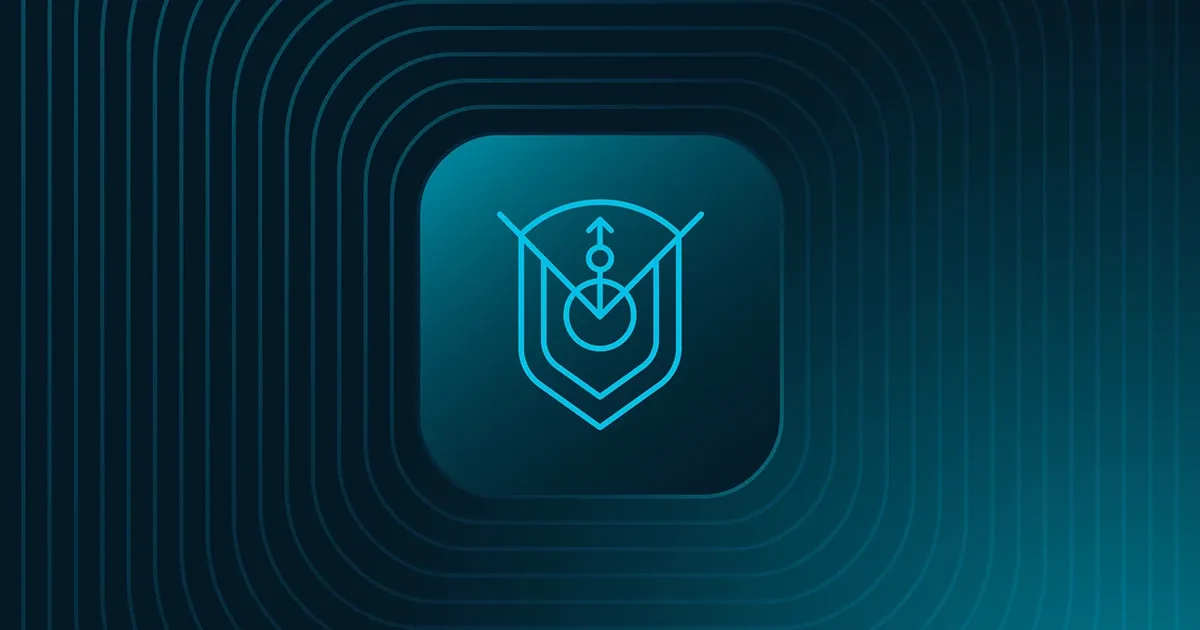
IT and security teams rely on an array of cybersecurity tools to manage their network assets. However, these tools often fall short of providing a comprehensive and detailed asset inventory. Consequently, as an organization's attack surface evolves, the risk of undiscovered or unmanaged assets increases, heightening the potential for network infiltration.
The 2023 State of Cyber Assets Report uncovered a remarkable 133% year-over-year growth in cyber assets for organizations, surging from an average of 165,000 in 2022 to 393,419 in 2023. This rapid increase in assets resulted in a staggering 589% rise in security vulnerabilities or unresolved findings, accentuating the snowball effect caused by more than doubling the number of assets.
As organizations incorporate an ever-growing number of devices, their attack surface inevitably expands. Thus, gaining a comprehensive understanding of the status of each connected asset becomes crucial.
Each article linked below highlights the limitations of various types of cybersecurity tools for asset management, contrasting them with runZero—an all-encompassing cyber asset attack surface management solution that surpasses them all by comparison.
Inefficient CAASM tools #
- Endpoint Detection and Response (EDR) agents
EDR works well for endpoint protection but not asset inventory. When incident responders find assets that are compromised but can’t find them in the asset inventory, many teams realize that they went down the wrong path.
- Spreadsheets
Microsoft Excel and Google Sheets can be an easy first step to track asset data for an IT environment, but they fail entirely as an efficient cyber asset attack surface management solution. Spreadsheets require manual data collection resulting in inconsistent attributes, outdated information, lack of detail and incomplete inventory.
- Vulnerability scanners
Some try to build an asset inventory using vulnerability scanners. Beyond a lack of detail, vulnerability scanners sometimes simply get it wrong; crashing devices, providing a backward-looking view, finding phantom assets, among other concerns. Leading vulnerability scanners simply do not provide a full, accurate, current asset inventory in everyday practice.
- Configuration Management Database (CMBD)
CMDBs are designed to track data relating to managed IT assets, such as routers, switches, or servers. However, according to Gartner, only 25% of organizations achieve meaningful value with their CMDBs. Beyond incompleteness, data inaccuracy is also a major concern. If you are relying on your CMDB to be a source of truth, you need to be able to trust the information in it. The data in a CMDB will only be as good as its sources.
- Network Access Control (NAC)
IT and security teams often depend on data from NAC's and associated network aggregation tools for asset inventory. However, they are designed to control access to the network, an entirely different task from building a comprehensive inventory of devices on the network. If a compromised asset cannot be found in the inventory, it indicates that NACs are suboptimal for asset discovery; a fundamental component of cyber asset attack surface management.
-
Free network scanners
Most free network scanners don’t scale easily out of the box, often requiring custom databases and scripts to make them suitable for continuous monitoring and collecting inventory from multiple segments or sites.
Why effective cyber asset attack surface management matters #
In the ever-changing digital landscape of an organization, prioritizing cyber asset attack surface management is essential for ensuring the resilience and continuity of operations, as well as safeguarding the reputation and trust of the organization, its stakeholders and the data with which it governs.
It's foundational to cybersecurity #
You simply need to know about the assets on your network before you can manage them. Before effective asset management can take place, it is crucial to have a comprehensive understanding of the assets on your network. By accurately identifying, tracking, and protecting critical assets, organizations can proactively defend against cyber threats, minimize vulnerabilities, and ensure the confidentiality, integrity, and availability of sensitive information.
Preparation is key
IBM's Cost of a Data Breach Report 2023 shares that the global average cost of a data breach in 2023 was USD 4.45 million, a 15% increase over 3 years.
By integrating a comprehensive asset inventory into business continuity planning, organizations can effectively identify and prioritize the protection of vital assets crucial for maintaining operations during disasters or disruptions. This proactive strategy enhances the organization's resilience during times of crisis.
It's required by regulations and insurance #
Various industries, including healthcare, energy, financial services, and government, are all subject to specific regulatory or insurance requirements related to asset management and data protection. A comprehensive asset inventory helps organizations ensure compliance. It enables them to demonstrate their efforts in safeguarding sensitive information and critical infrastructure, thereby avoiding legal penalties and reputational damage.
Take the SolarWinds supply chain attack in 2020, for example. This sophisticated attack involved hackers compromising the software supply chain of SolarWinds, a prominent IT management software provider. The attackers injected malicious code into SolarWinds' Orion platform updates, which were then distributed to thousands of the company's customers, major corporations, the Department of Defense, the Department of State, and the Department of Homeland Security to name just a few.
Not only did SolarWinds report upwards of $3.5 million in expenses related to incident investigation and remediation, they were subject to numerous lawsuits, domestic and foreign. Including an investigation into the possible breach of the European Union's General Data Protection Regulation and other data protection and privacy regulations.
It's the bedrock of business operations #
On the financial aspect, maintaining an asset inventory empowers organizations to monitor their IT investments and infrastructure effectively. Comprehensive knowledge of all assets enables teams to make informed decisions regarding upgrades or replacements for outdated assets, prioritize patching and updates, and avoid unnecessary expenses on redundant or non-essential devices.
Presidio, a global digital services and solutions found immediate success with runZero, using it to onboard clients to their managed service programs. With runZero, they were able to eliminate spreadsheets, thereby reducing the amount of time spent manually collecting client data. Instead, they can focus on delivering outcomes for their clients.
runZero: a complete cyber asset attack surface management platform #
runZero is a CAASM solution with a proprietary network scanner that is fast and safe even on fragile IoT and OT networks.
runZero scales up to millions of devices, and it’s easy to try. The free 21-day trial even downgrades to a free version for personal use or organizations with less than 256 devices.
















